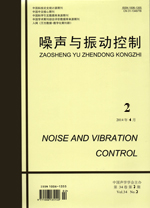Phenolic CCL widely used in PCB was modal analyzed in this paper, first of all, the vibration of a phenolic beam was experimentalized, based on the experiment, the Young’s modulus of the material of phenolic was calculated, after that, the modal characteristics of phenolic CCL under the boundary condition of one end clamped and another end free was analyzed with Ansys software. Through the vibration experiment and hammering test, the natural frequency of the composited board was given, the consistency of the theory and experiment was obtained, thereby, the correctness of the Young’s modulus of the phenolic was confirmed, the results given in this paper can provide the parameter for analysis of the complex structures with the same material.

